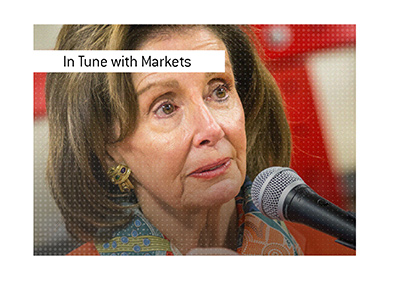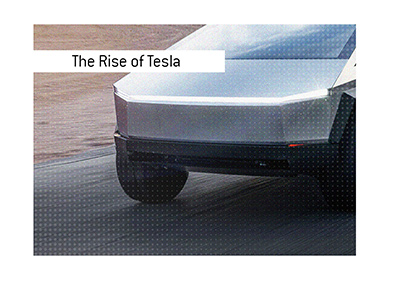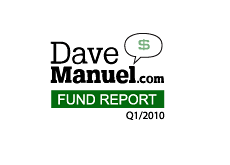What is the Definition of a V-Shaped, U-Shaped and L-Shape Recession?
 There are a number of different "types" of recessions.
There are a number of different "types" of recessions.You can have a V-shaped recession. You can have a U-shaped recession. You can have an L-shaped recession, and you can have a W-shaped recession.
In order to understand these different types of recessions, you need to imagine each letter on a graph. Each letter will represent economic growth (or lack of it) in the four different scenarios.
1. The V-Shaped Recession.
In this scenario, an economy falls into a sharp recession but quickly recovers.
Imagine the left side of the letter V representing an economy falling into recession, while the right side represents its quick recovery.
A V-shaped recession is "sharp and quick". When the current recession started in the United States, many held out hope that it would be a "V-shaped" recession. Unfortunately, this wasn't the case.
2. The W-Shaped Recession.
Also known as a "double-dipped" downturn.
In a W-shaped recession, you would have a sharp downturn which is followed by small, temporary recovery.
After the temporary "blip" in growth, the economy turns lower once again, before it eventually puts in a full recovery.
3. The U-Shaped Recession.
In a V-shaped recession, the economy suffers through a sharp recession but quickly recovers.
In a U-shaped recession, the economy takes a much longer period of time to recover (usually in the neighborhood of 12-24 months) from a sharp recession.
Many believe that the United States is currently experiencing a U-shaped recession right now.
If a V-shaped recession is "sharp and quick", then a U-shaped recession is "long and protracted". Just imagine the letter V and the letter U on a graph and you will start to get the picture.
4. The L-Shaped Recession.
This is the doomsday scenario for the US economy.
Imagine a sharp recession, followed by years of stagnant growth. This is the L-shaped recession, and this is the scenario that the people running the United States desperately want to avoid.
In the L-shaped recession, the economy doesn't begin to recover for an extremely long period of time (think 7-10 years).
The best example of an L-shaped recession is Japan in the 1990s. Their housing and equity markets plummeted, and the country was thrown into a multi-year depression. They experienced the L-shaped recession.
--
Given how aggressive the US government has been in combating this current economic downturn, I would say that the possibility of an L-shaped recession is fairly unlikely.
We are almost certainly work out way through a U-shaped recession, and are likely 8-12 months away from seeing a recovery.
Filed under: Stock Market Education



